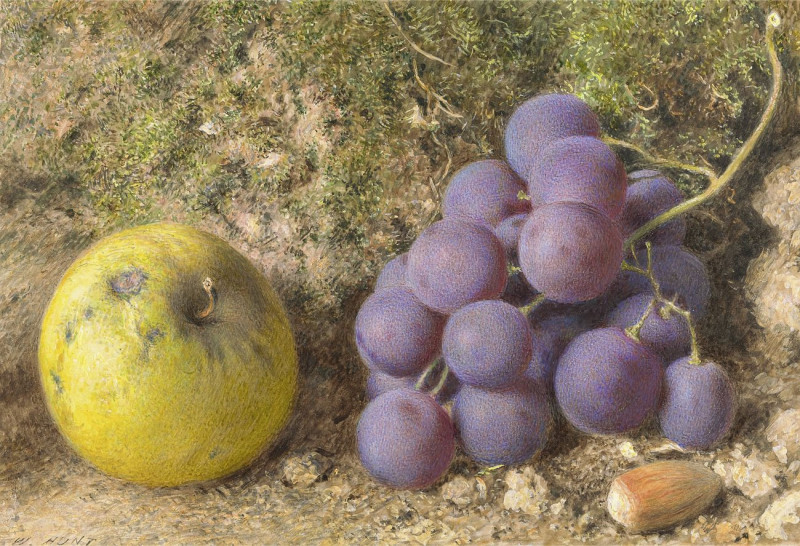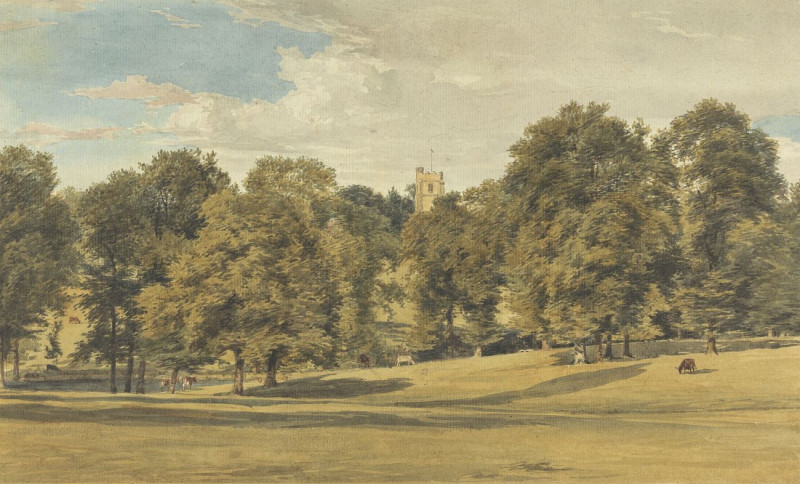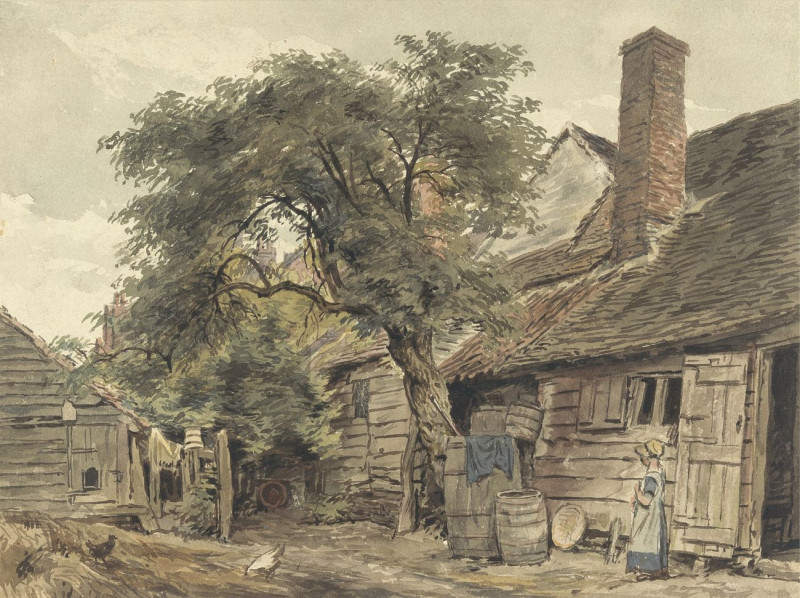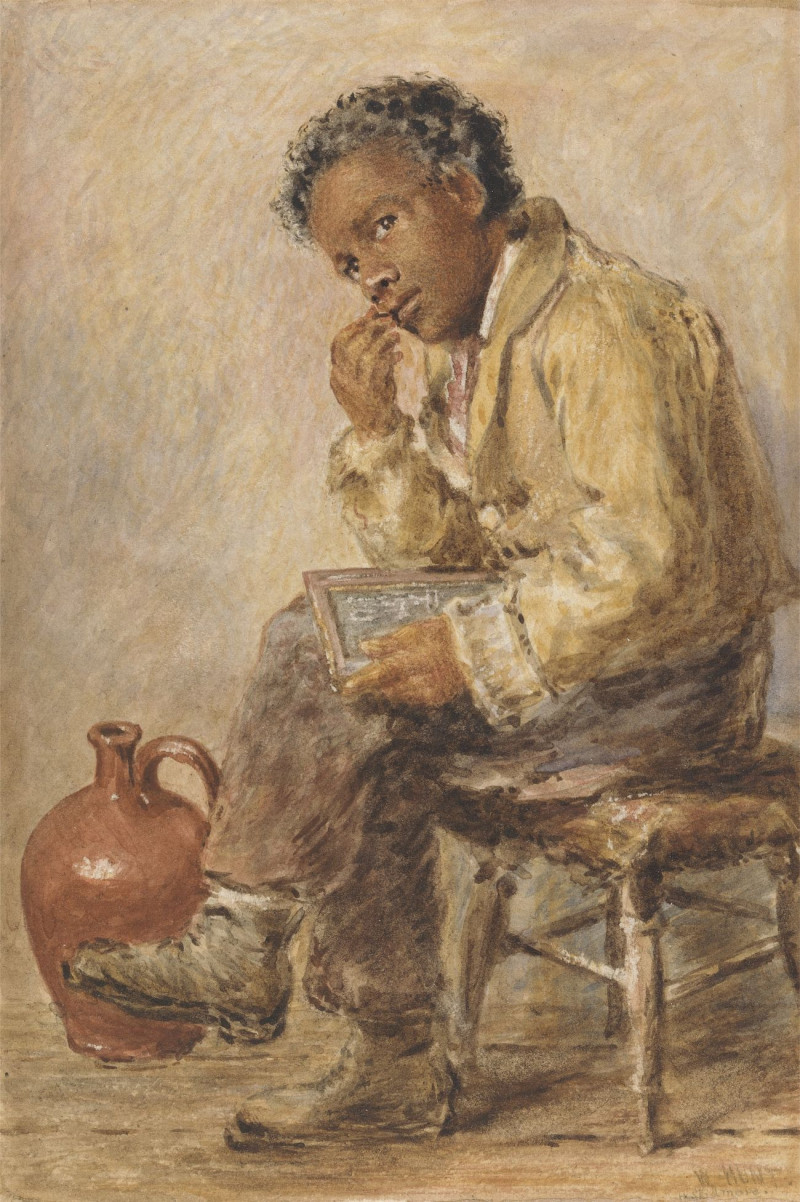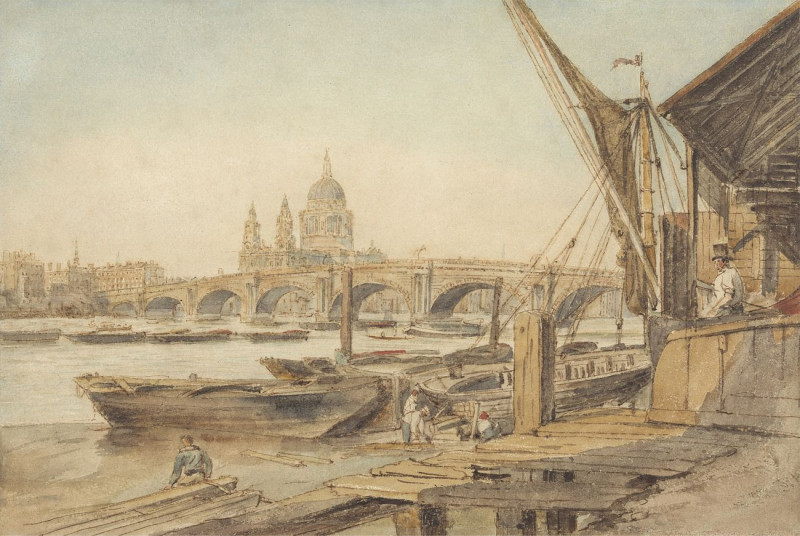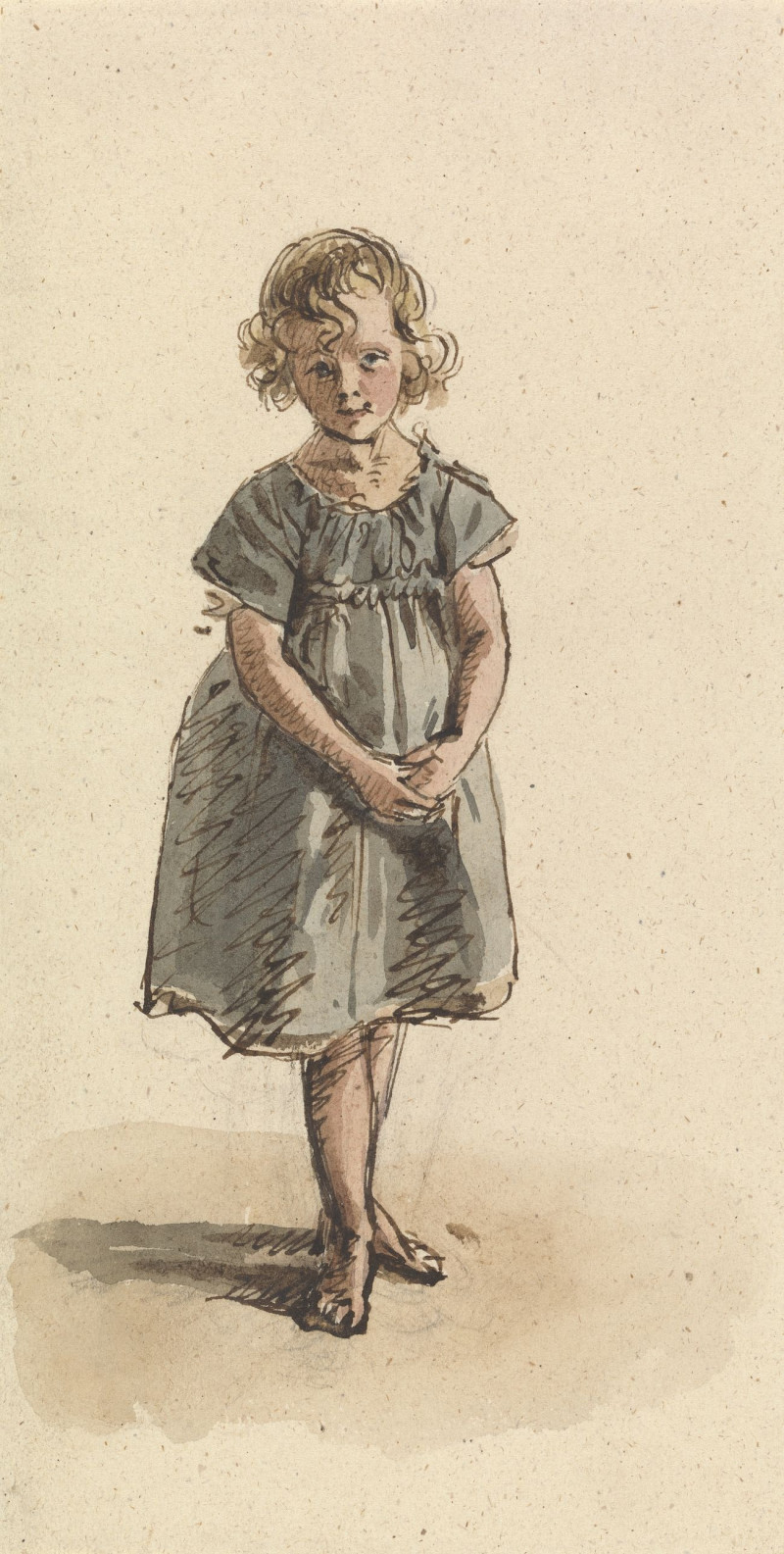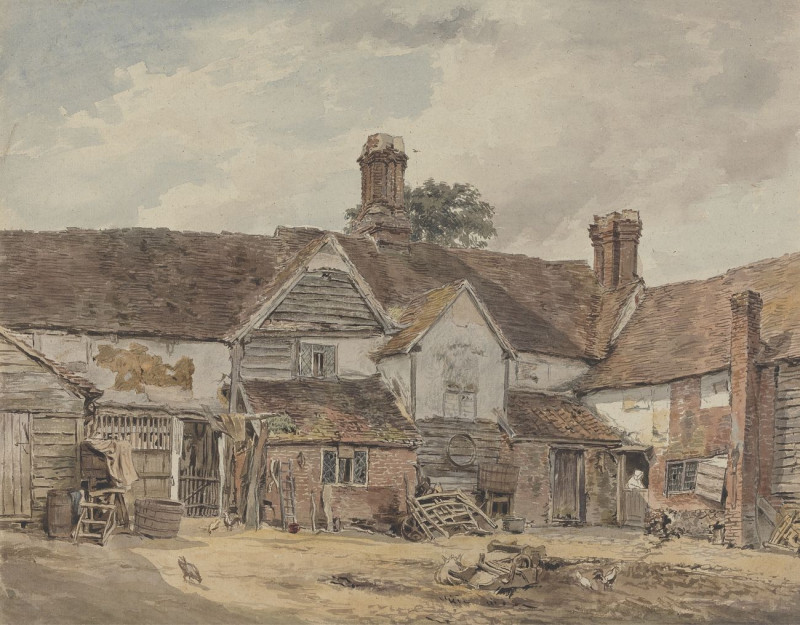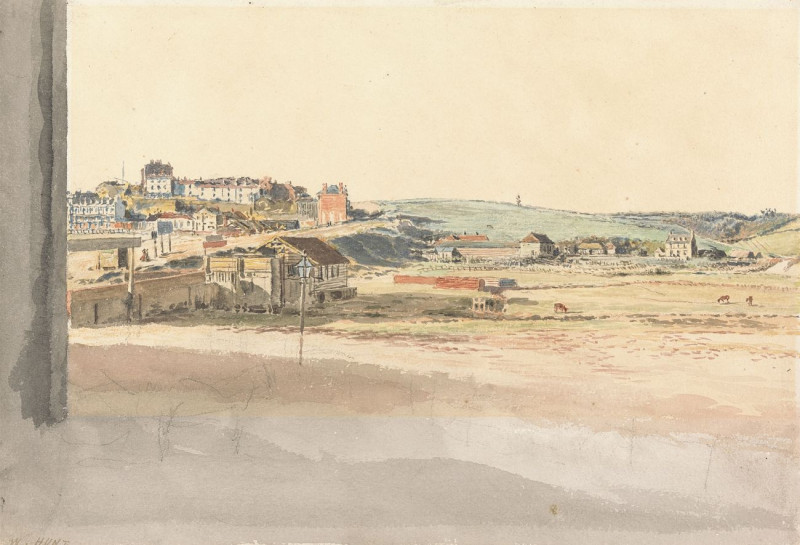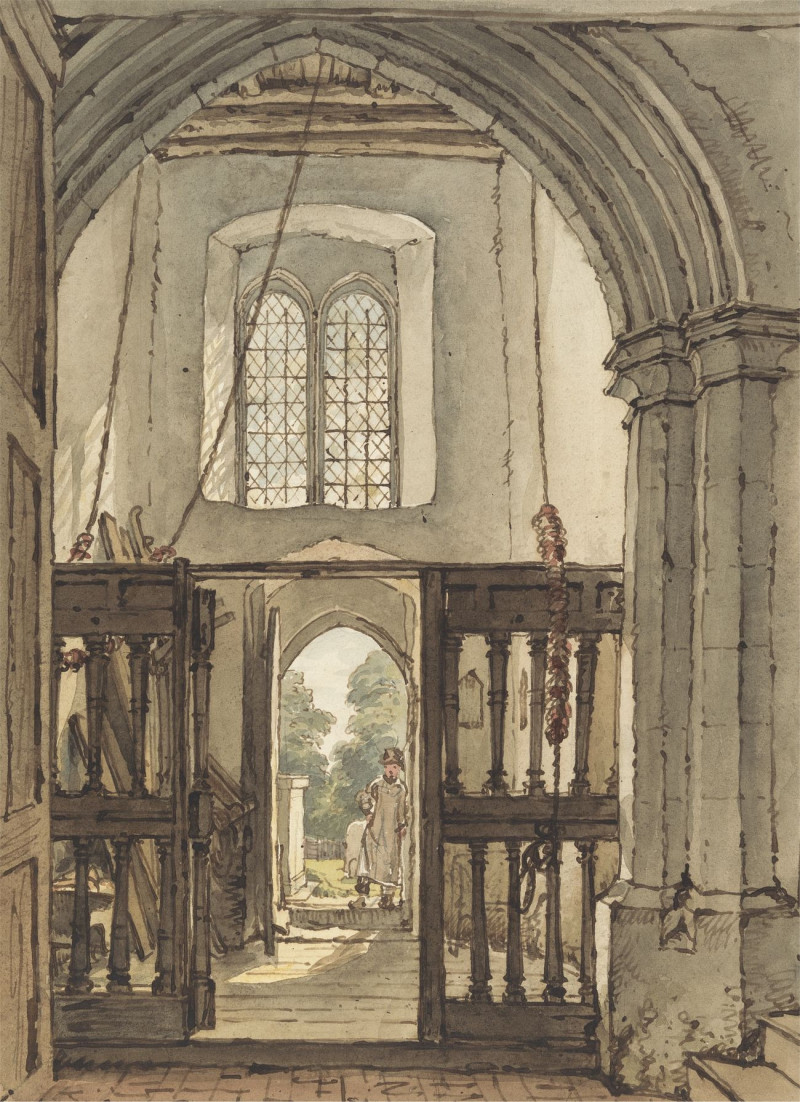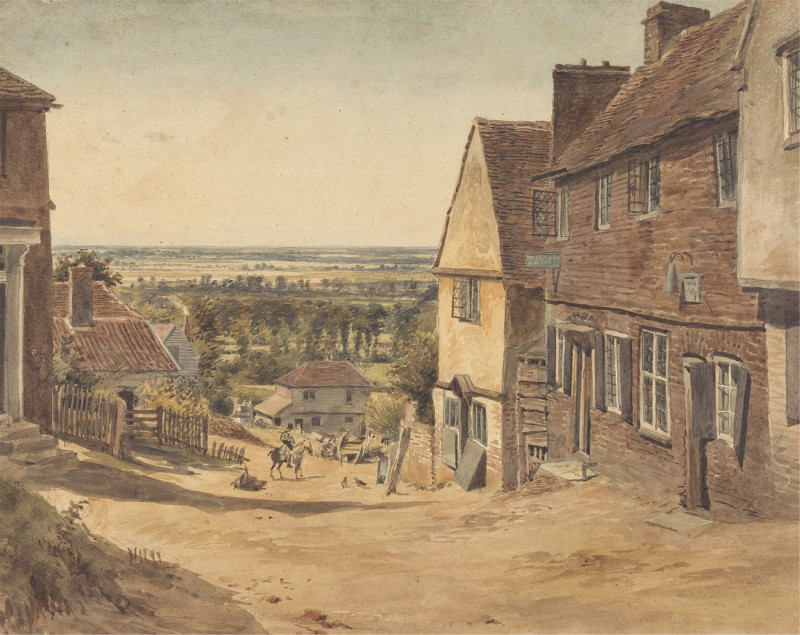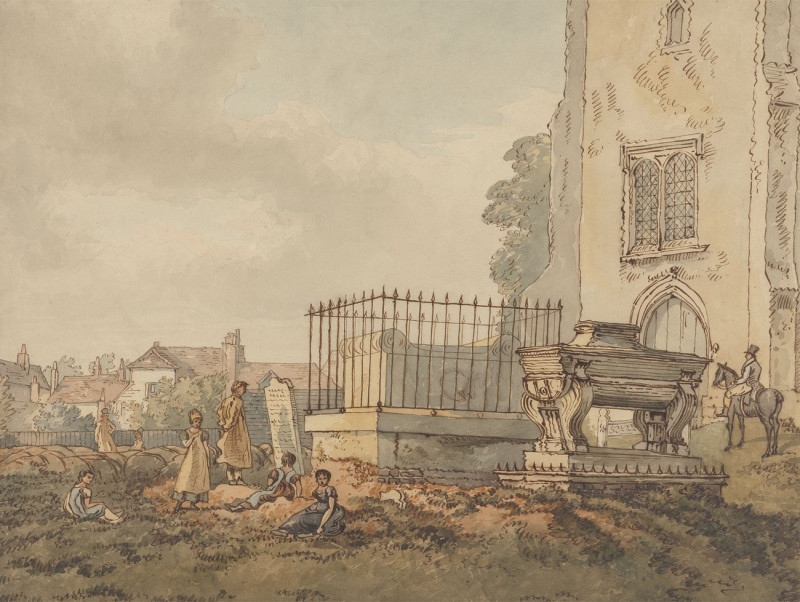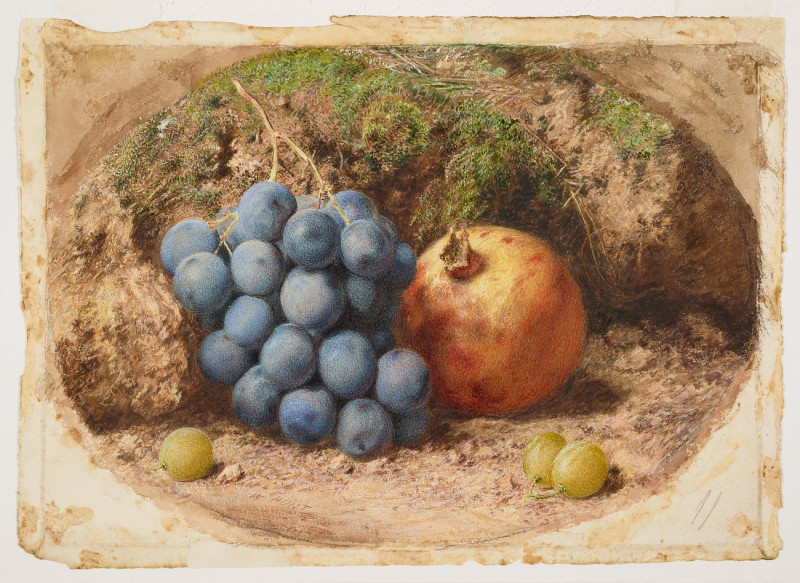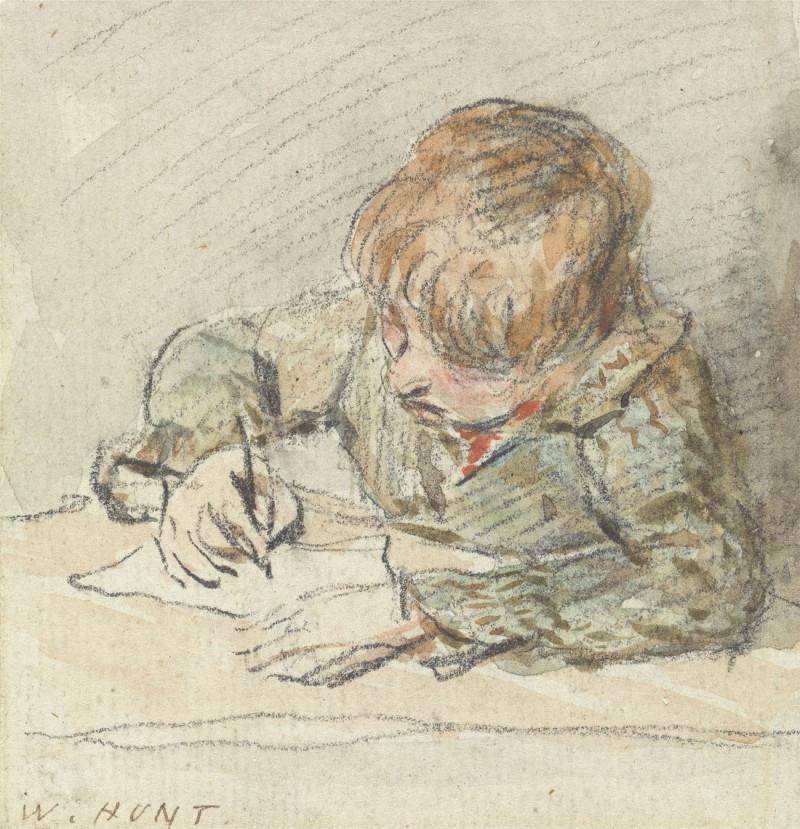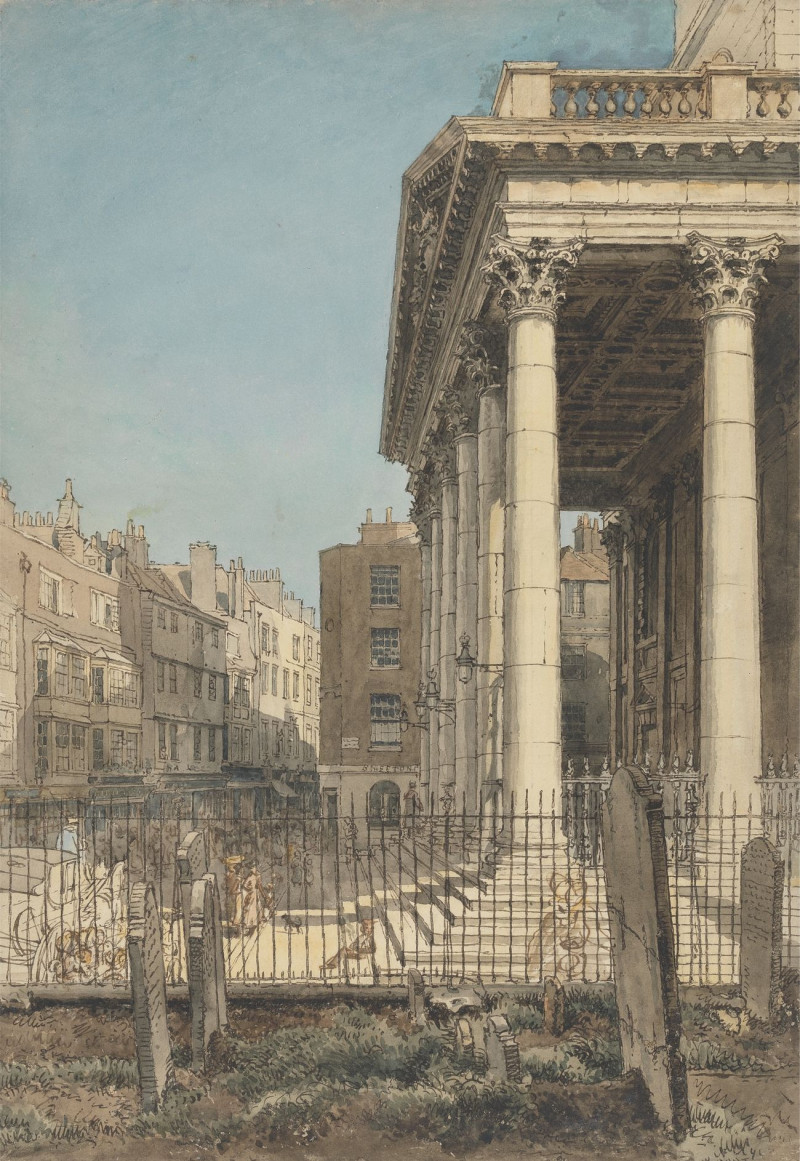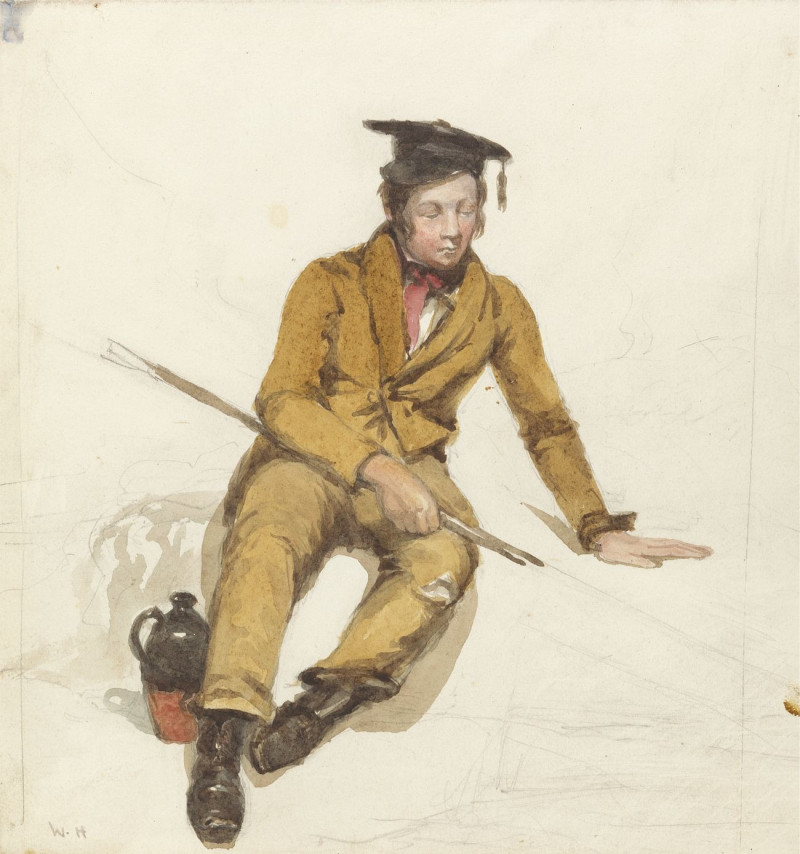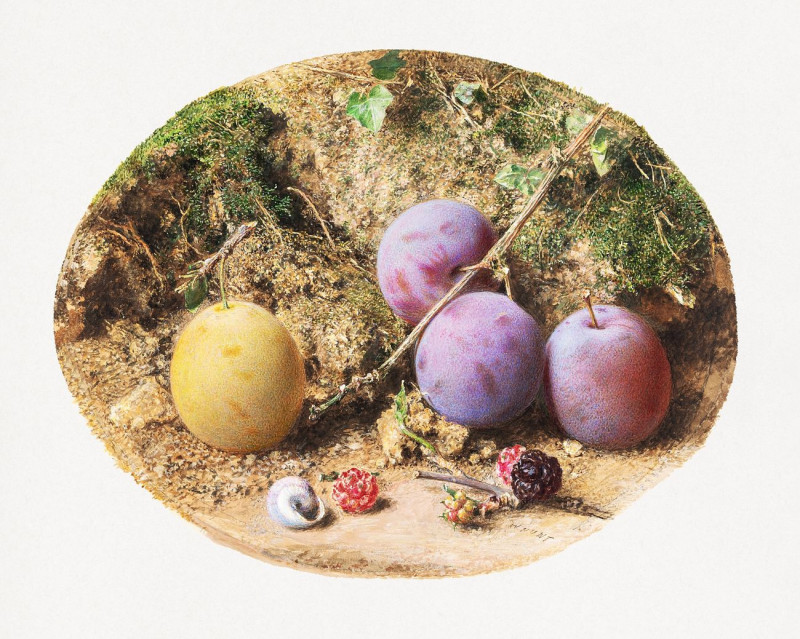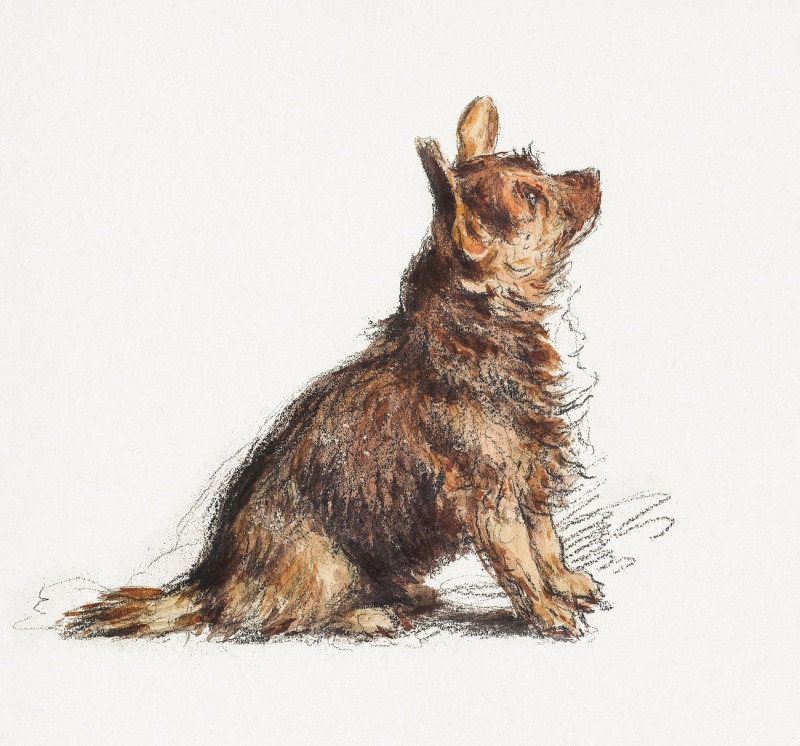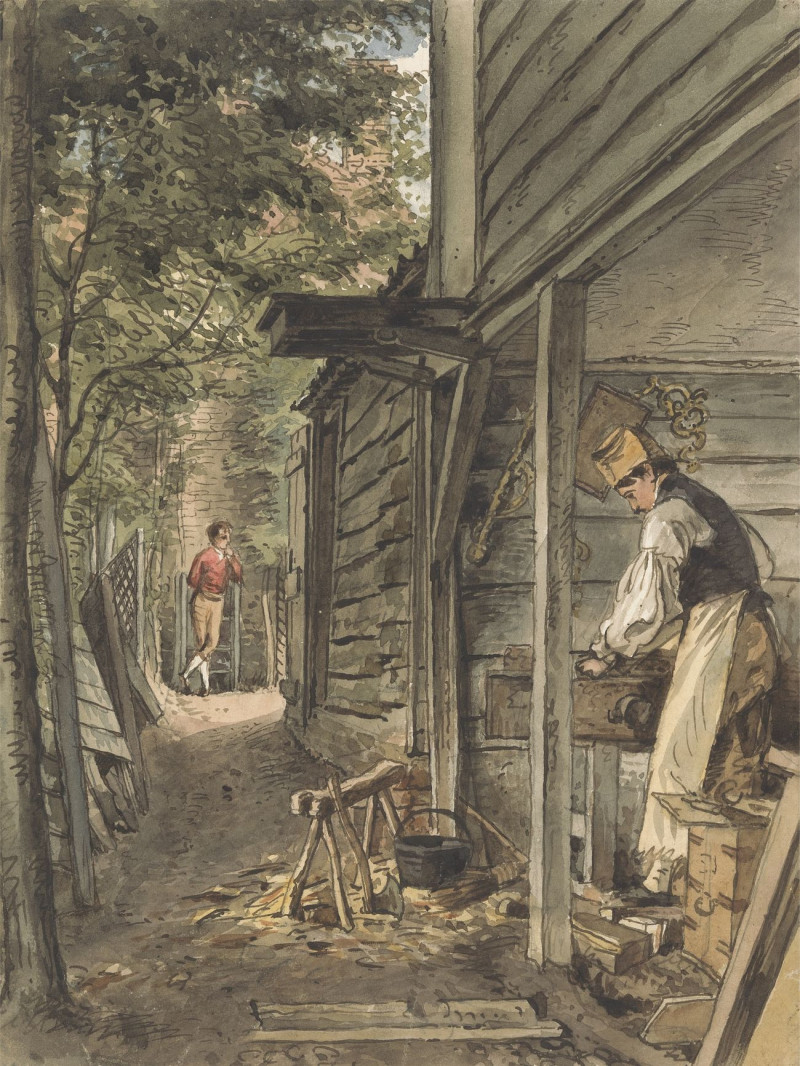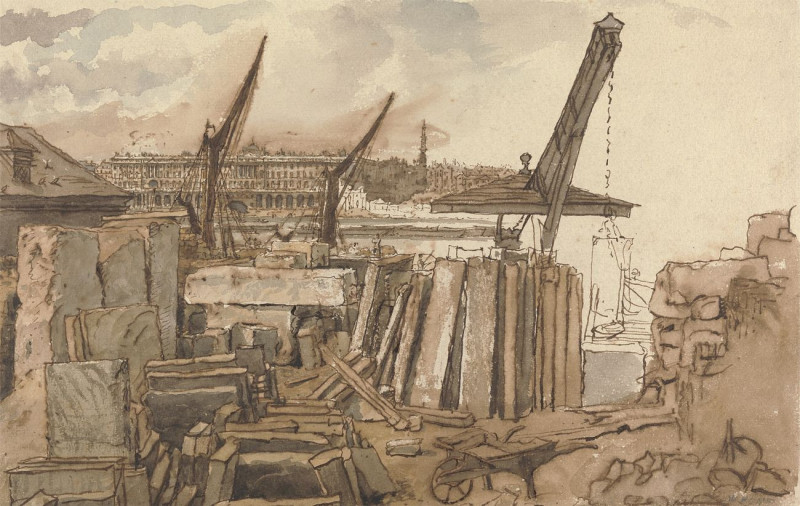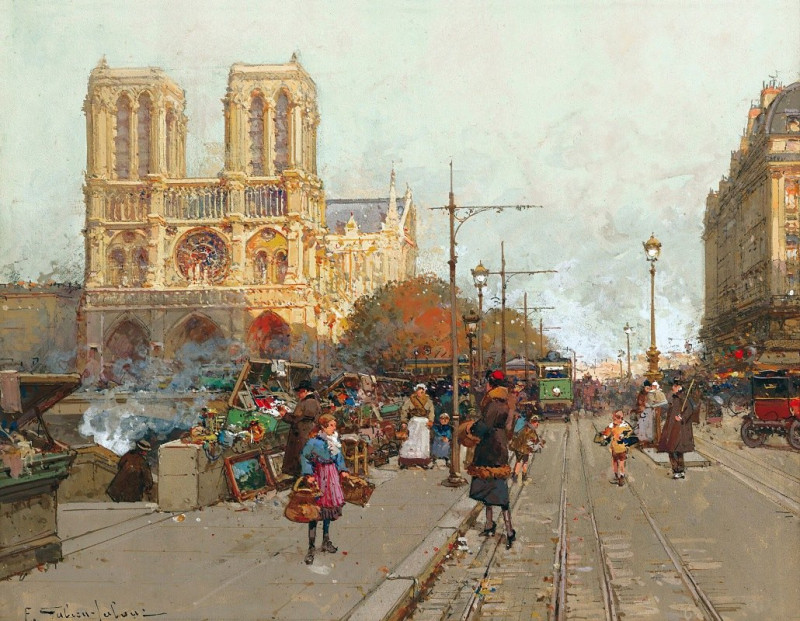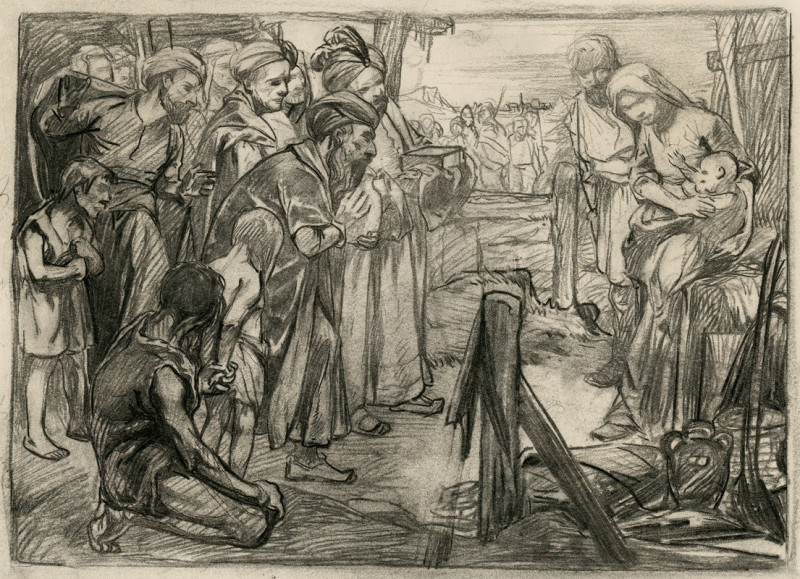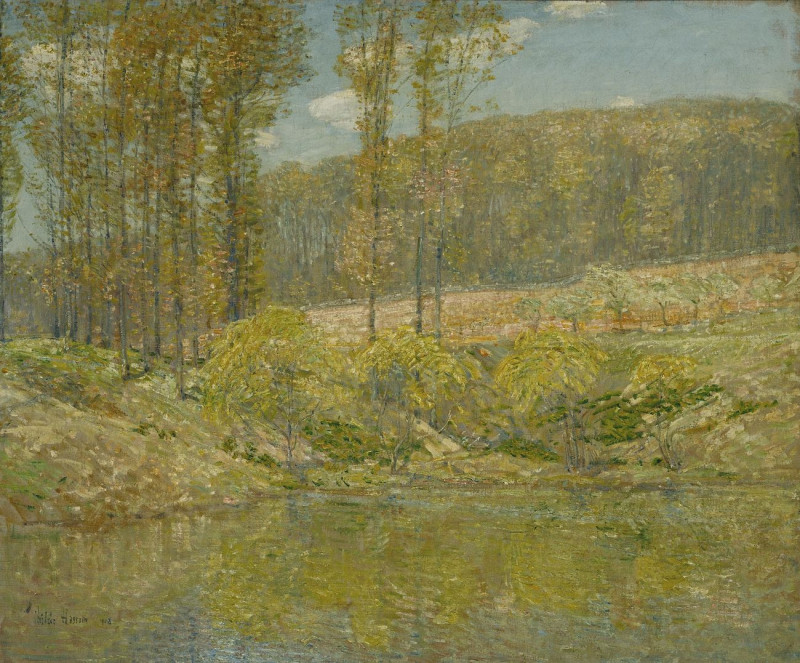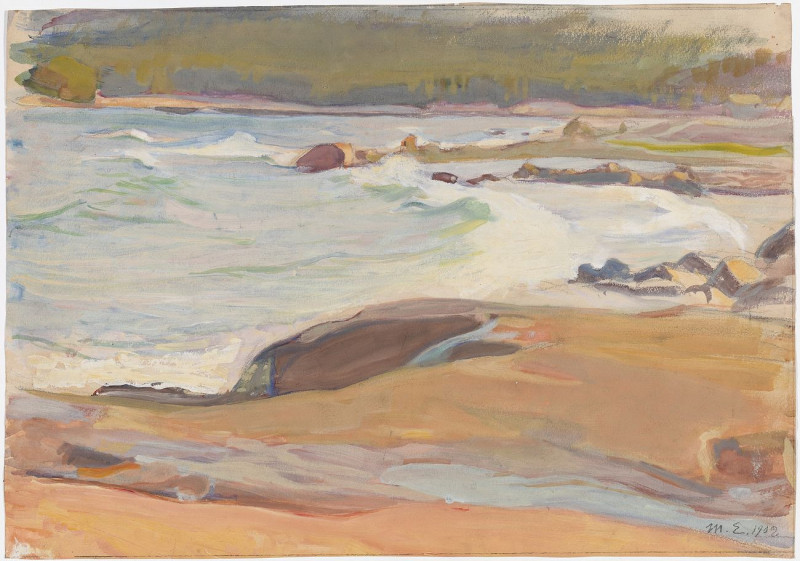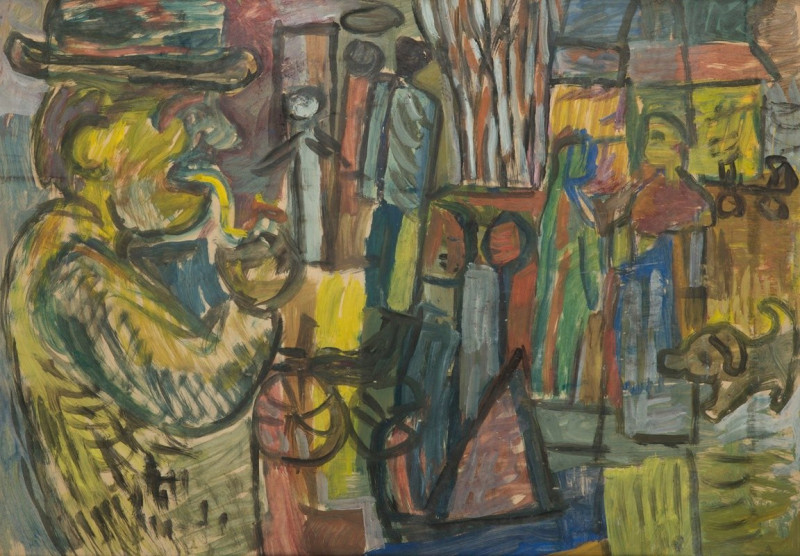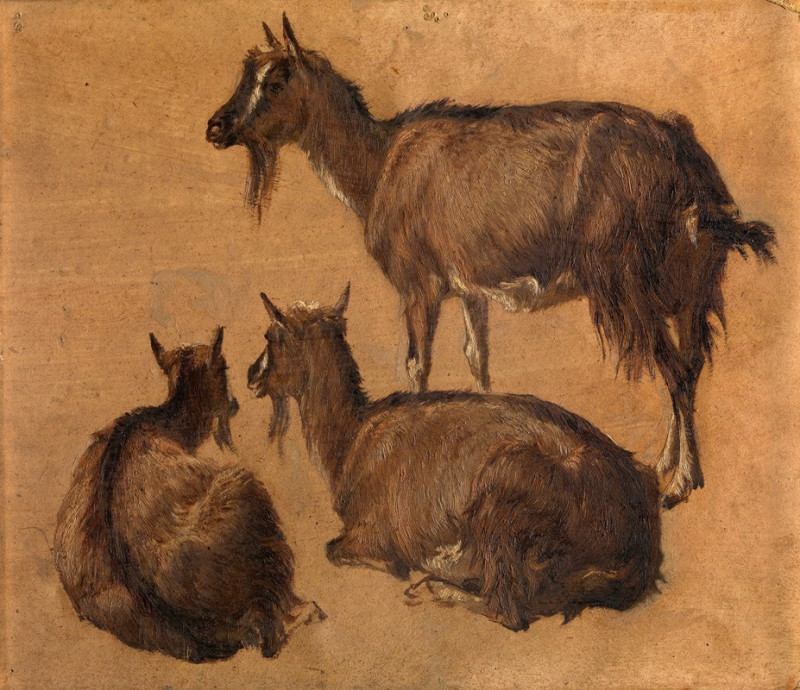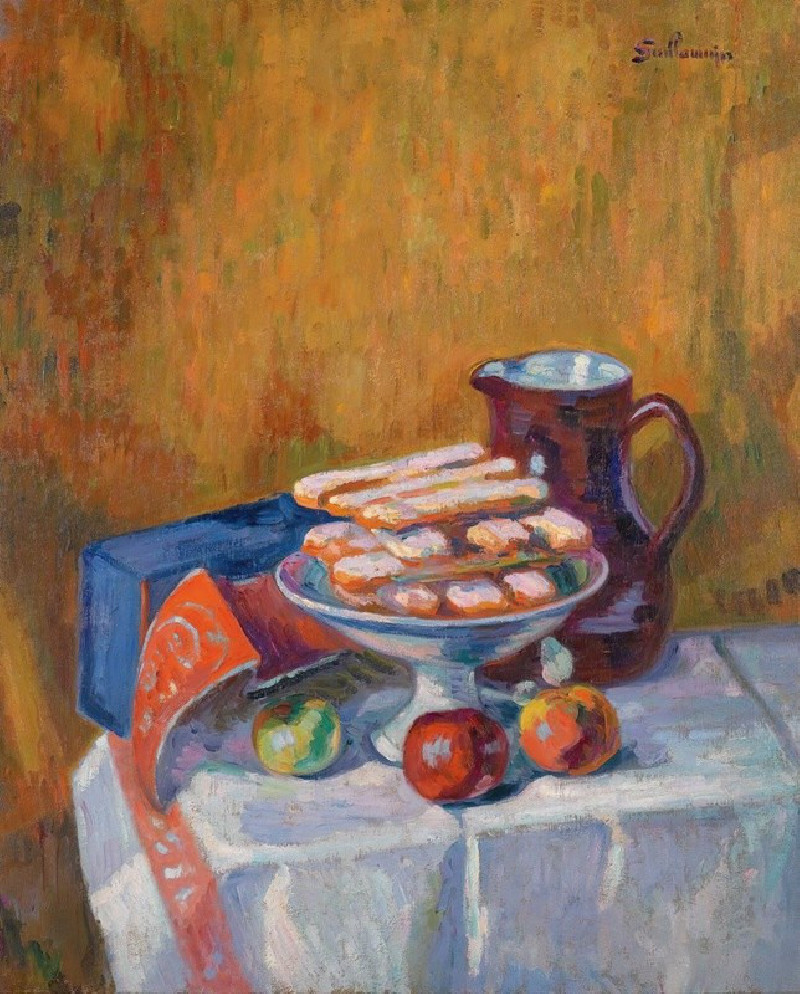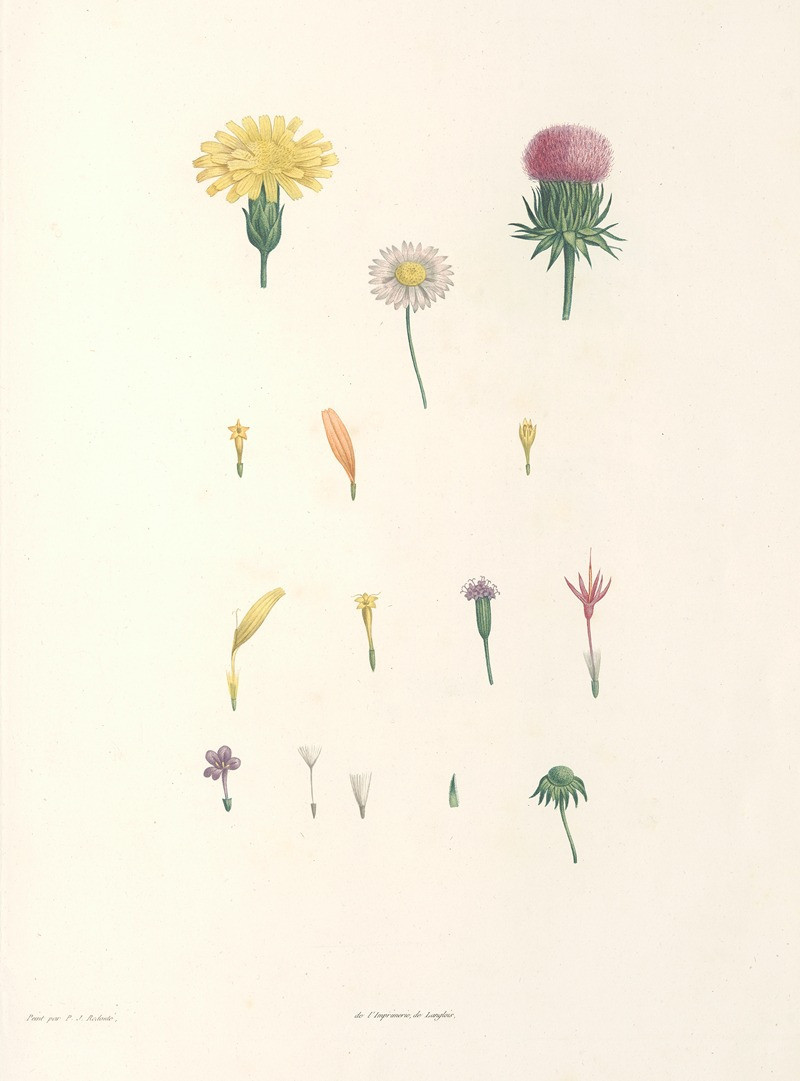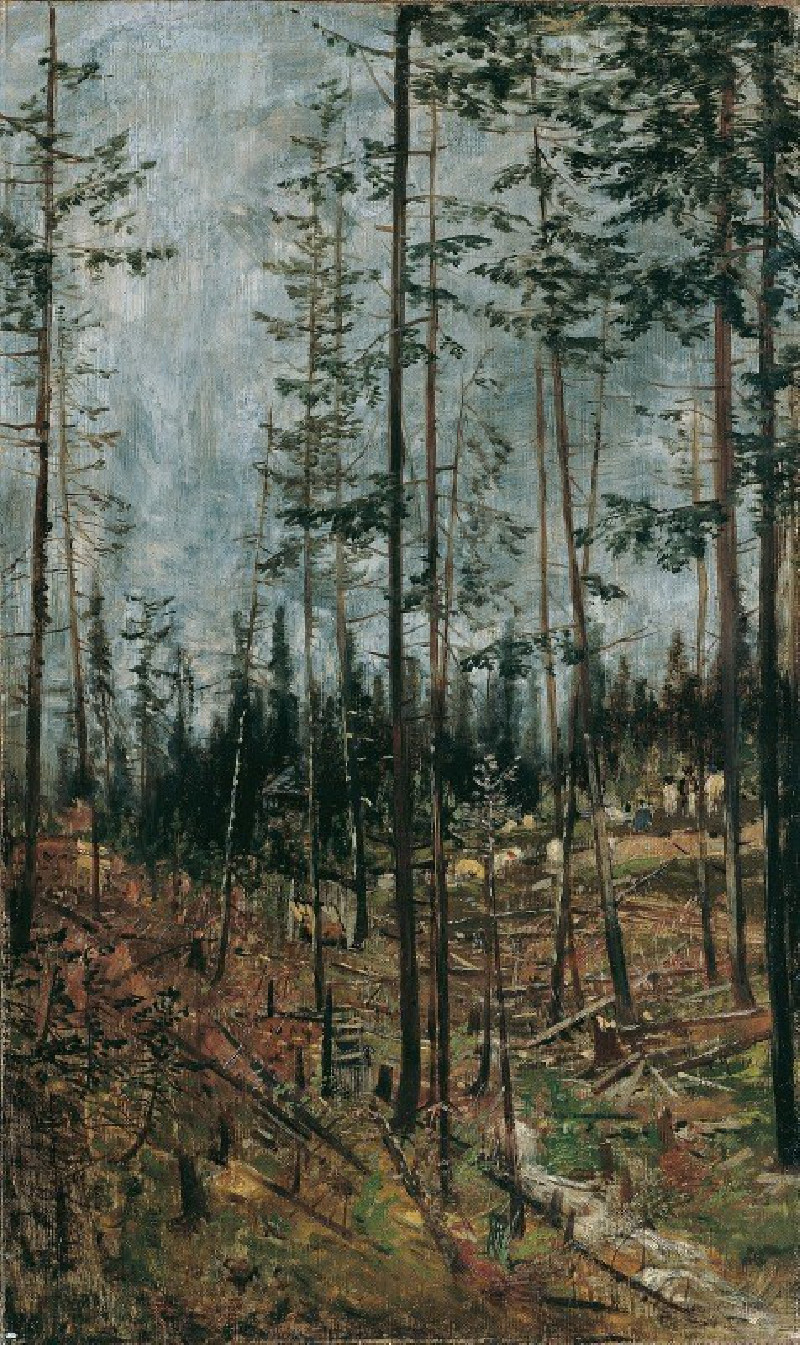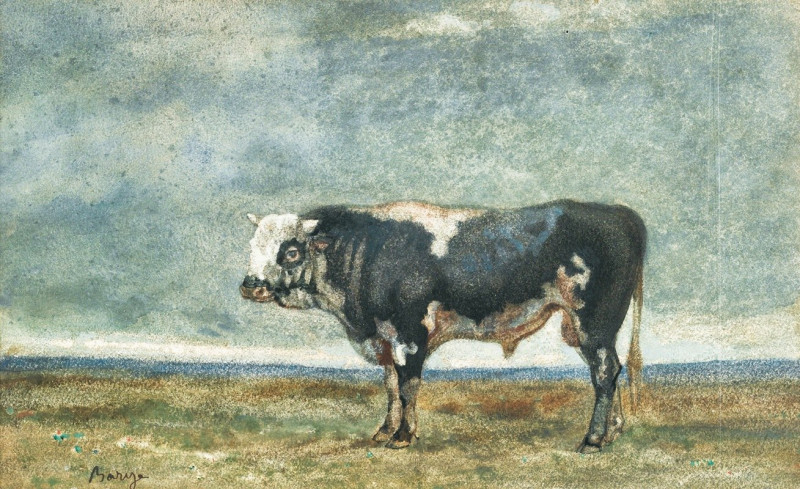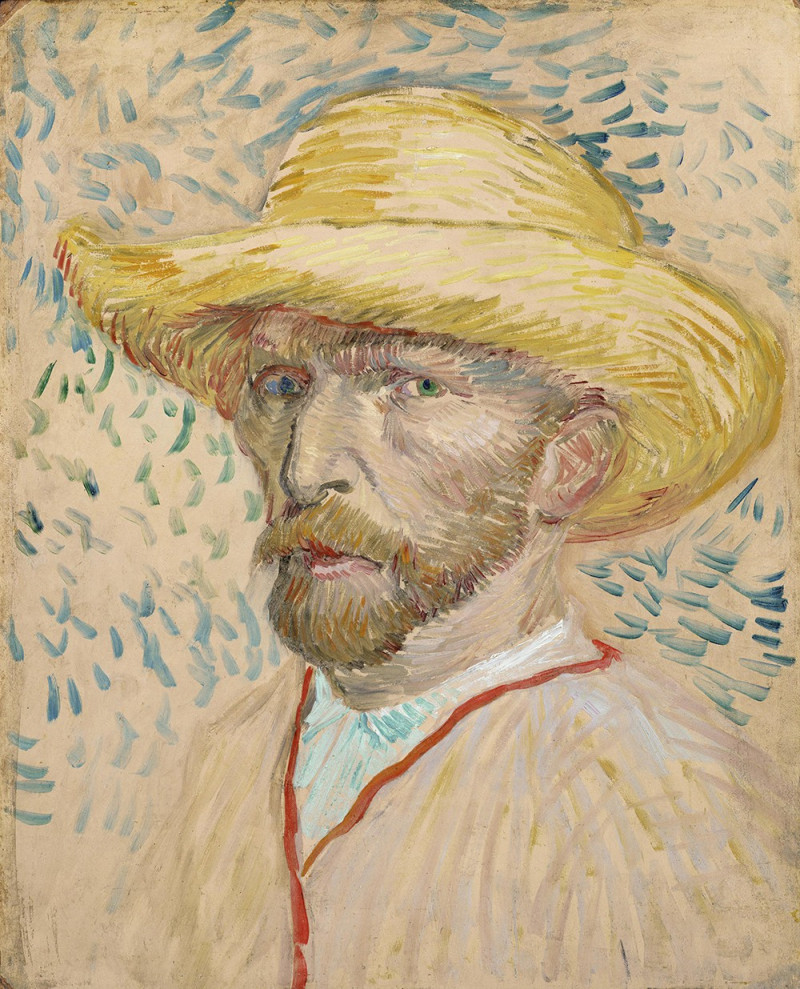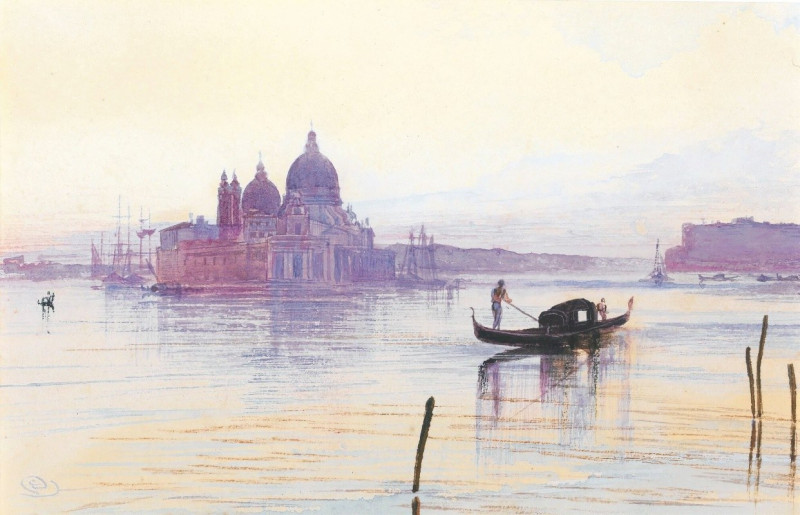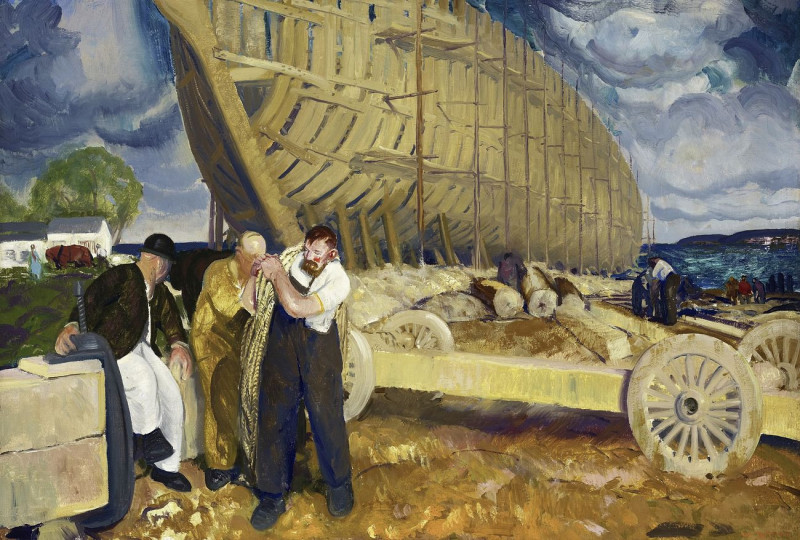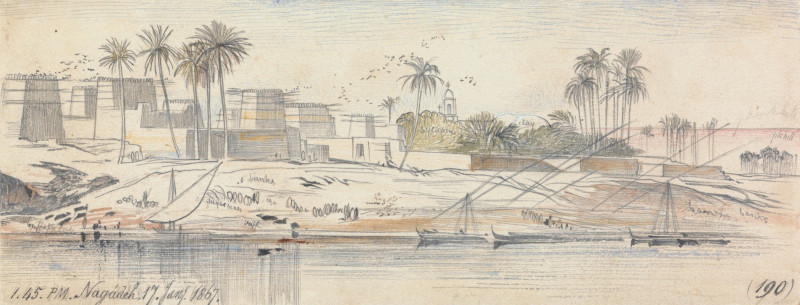A Dead Hare And A Cooked Lobster On A Bench
More about this artwork
Delivery
Reproductions are made to order and take 5 to 7 working days.
We send them out by courier and delivery takes another two working days.
If you need a reproduction sooner, please contact us - we can usually find a solution and produce it a little faster.
If you don't want to pay for postage, you can pick up your paintings at our galleries in Kaunas or Vilnius.
Returns
Yes, reproductions can be returned.
If you have any doubts more than 30 days after the date of purchase, please contact us - we will take the reproduction back for a refund or offer you a replacement!
We accept a maximum of two returns per customer - please note that we make reproductions to order, so please choose responsibly.
We do not refund shipping expenses.
William Henry Hunt (1790–1864), a 19th century British painter and watercolorist specialized in still life compositions. His early works were watercolor landscapes and portraits, but he later concentrated on painting still lifes of flowers, fruits, bird nests and eggs, figures in domestic settings and candlelight scenes. He is famous for developing a unique technique to create an enamel-like appearance to his paintings, which influenced many Victorian artists.


